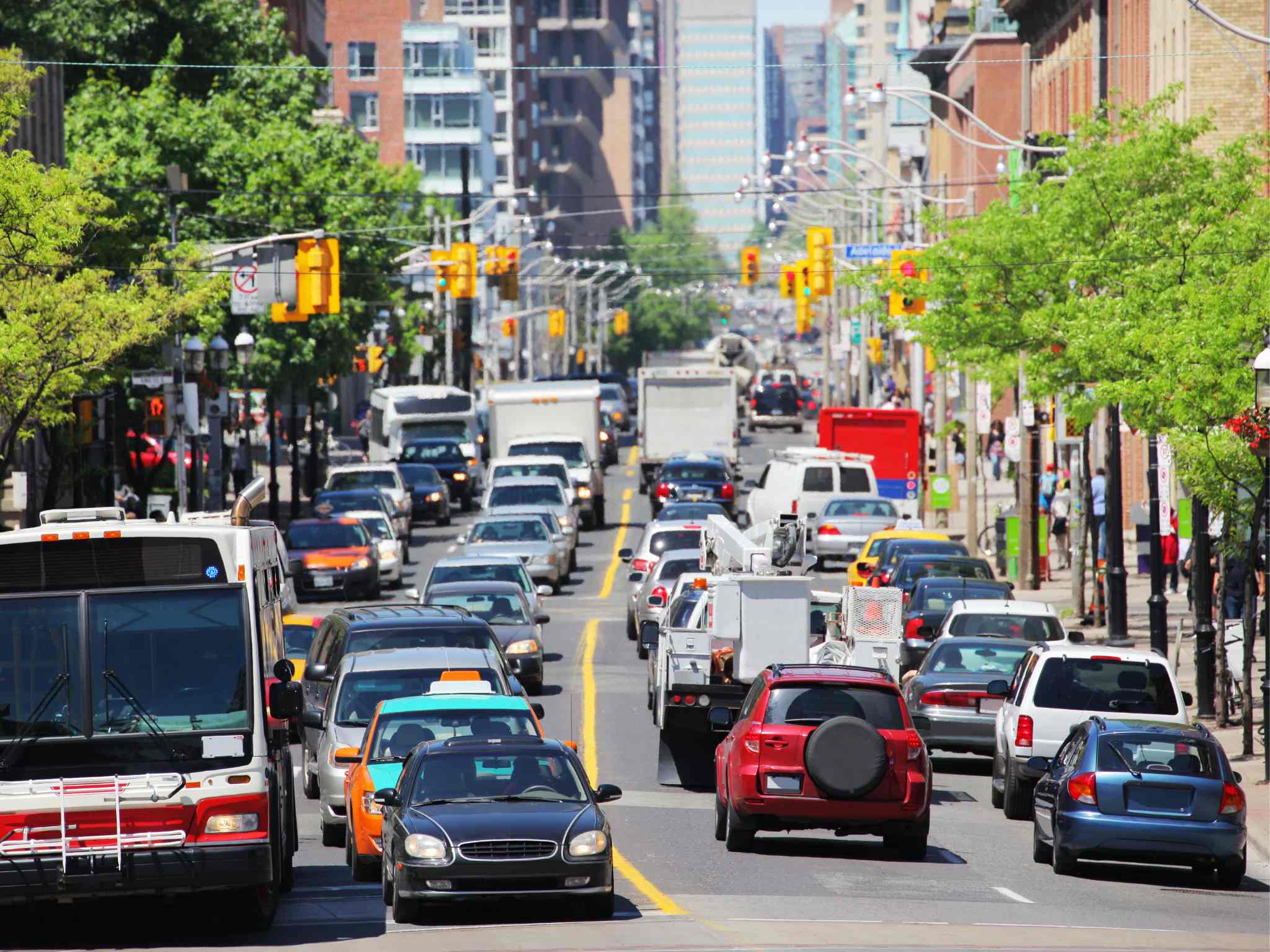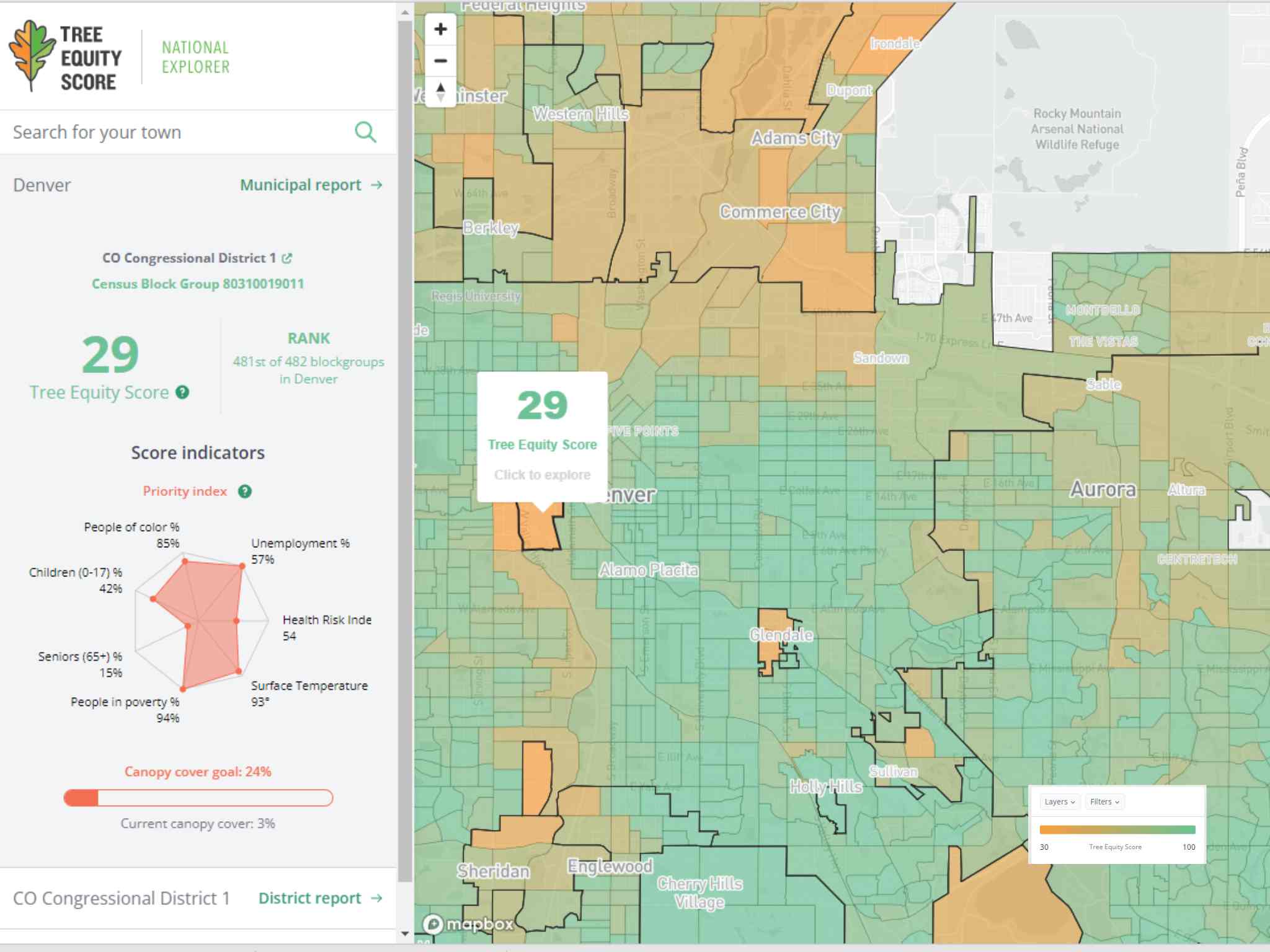Creating the Right Change With Urban Forestry Funding
Companion Blog To The Internet of Nature Podcast Season 5, Episode 10
July 3, 2023 | Alec Sabatini

The season finale of the Internet of Nature Podcast’s exploration of the future of urban forestry is all about money. Jad Daley, President of American Forests, joined Dr. Nadina Galle to talk about the urban forestry funding paradigm shift in U.S. urban forestry. Their discussion covered the cause of the funding windfall and what it could and should look like to use these dollars to rebalance systemic inequities.
Urban Forestry Funding, Why Now?
The federal government is contributing 1.5 billion …with a B… to urban forests, and states, cities, and the private sector are heaping on additional contributions too. Not to look this gift horse in the mouth, but urban foresters have advocated for better urban forestry funding for years. What changed?
The science on trees’ benefits to our societies and the climate has been around a while. That’s not new. As Ian Hanou pointed out in Episode 1, it’s social impacts of urban forests that have grabbed the spotlight and tipped the scales. A major contributor to this movement is American Forests’ Tree Equity Score (TES), which has conceptualized the impacts of unbalanced tree canopy better than ever before.
As Jad explained, this was very much by design. TES was crafted to name and reframe the problem of unevenly distributed trees in our cities. This concept had long been studied, but reports were usually localized to the neighborhood or city being researched. The universal scale of the problem wasn’t shining through.

Tree Equity Score standardized the way we identify the lack of trees in cities, and then applied that standard all over the country. The results were clear, and it didn’t take a technical background to see it. Users could zoom in on any city and find alarming orange census blocks denoting nature-deprived neighborhoods. The systemic, nationwide challenge of tree equity started sinking in.
Thanks to TES, other data tools, and tireless work from urban forest advocates, the perception of urban trees is shifting from nice-to-have scenery to a life-and-death issue. The public and elected officials are embracing trees as fundamental infrastructure, and that has helped unlock unprecedented investment.
Creating the Right Change
A saying around the American Forests office is, “the right thing done the wrong way is the wrong thing.” There is now massive potential for real change in the greening of American cities, but making it happen requires an inclusive, thoughtful approach.
It starts with getting funding into the hands of organizations that need it. The Forest Service encouraged grant applications from entities who could sub-award funding to smaller organizations. The intent is to alleviate the administrative burden on small, capacity-constrained applicants and get these funds out faster to communities in greatest need. At least 80 organizations applied to be sub-granters and we will update our own grants resource page with any re-granting opportunities that open up.
Creating the right change also means inviting everyone to the table. The benefits of trees span many silos. There are a lot of potential tree allies, but they have to be at the table first, and then shown how trees further their own goals. For an example of what that looks like, American Forests and the City of Phoenix gathered 50 organizations for their Phoenix Metro Urban Forestry Roundtable.
A Look Back On Season 5
That’s a wrap. Season 5 of the Internet of Nature Podcast is complete. Ian Hanou, the guest on Episode 1, linked back up with Nadina to highlight of few of the lessons learned and I’ve included a couple of those below:
- It’s all about people. From the first episode to the last, this sentiment coursed through every discussion. When organizations stay centered on improving people’s lives, good things happen for urban trees too.
- Every guest shared some type of impactful childhood nature experience when explaining how they ended up in their current profession. It’s a reminder of the significance of nature access. Equitable greenspace is needed not just for public health and climate resilience, it’s going to inspire the next generation of green professionals.
- Technology is helping us better quantify the ROI of trees. With all this investment coming in, the impetus now is to be ready to show all the good being accomplished. Now is the time to build the business case for continued funding through data and powerful personal stories.
Thank you so much for tuning into this companion blog series. You can visit our season five page to look back through all of the podcast episodes and associated blogs. For those already hungry for more nature/tech talk, there are four previous seasons of the IoN podcast to devour. Bon appétit!


0 Comments
Recommended Comments
There are no comments to display.
Create an account or sign in to comment
You need to be a member in order to leave a comment
Create an account
Sign up for a new account in our community. It's easy!
Register a new accountSign in
Already have an account? Sign in here.
Sign In Now